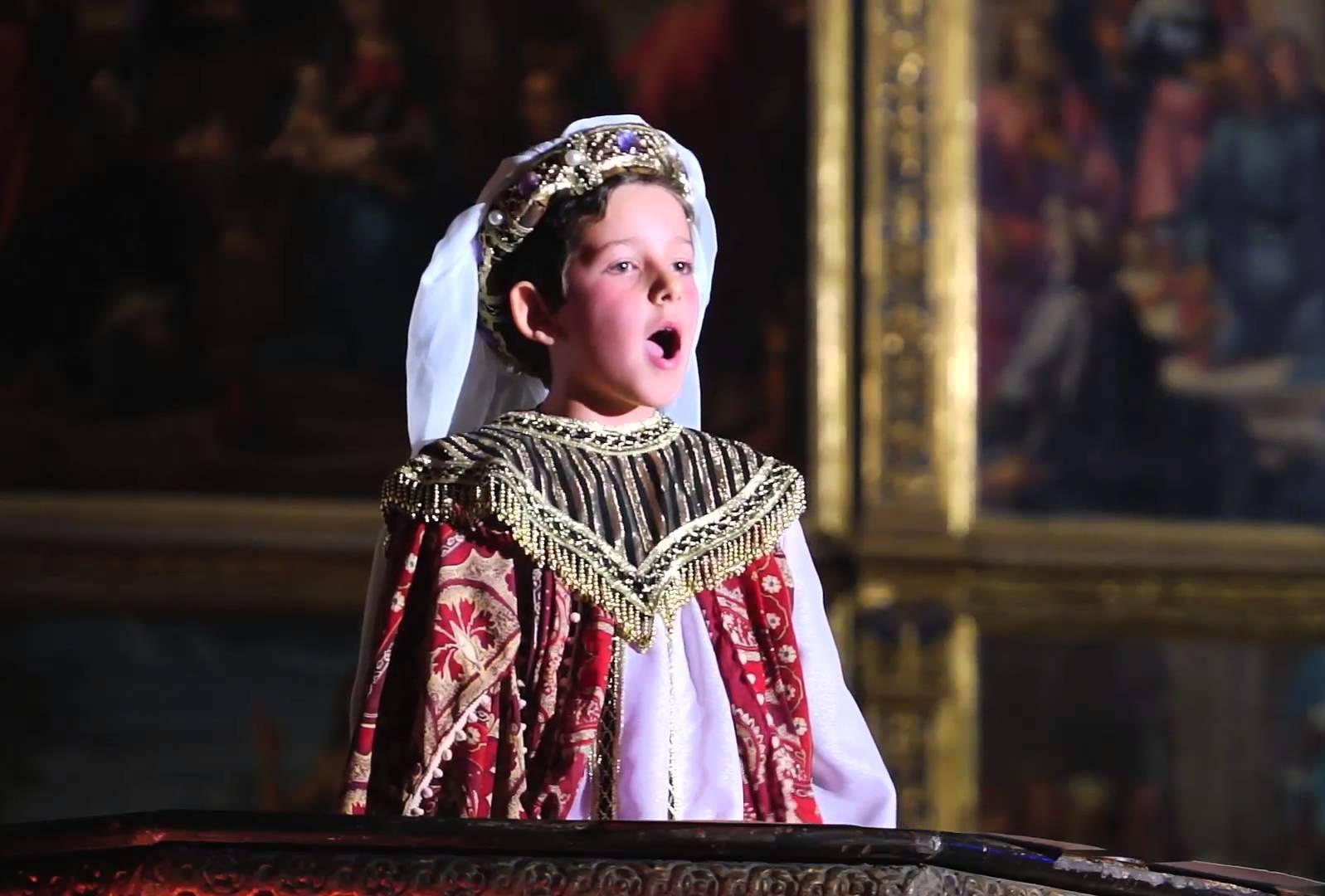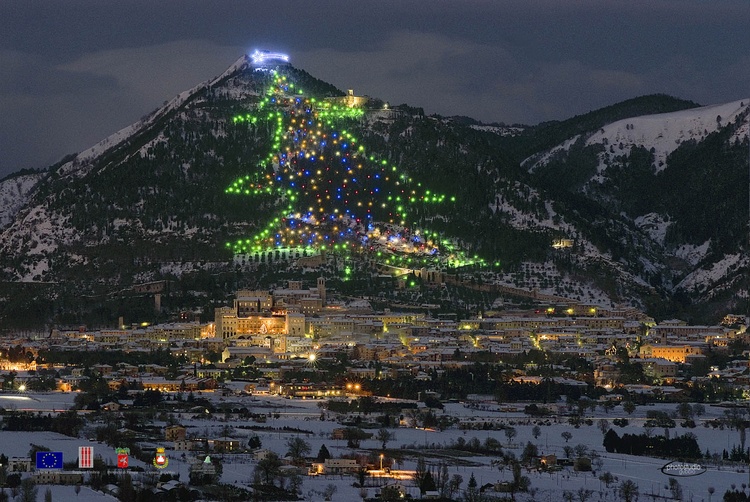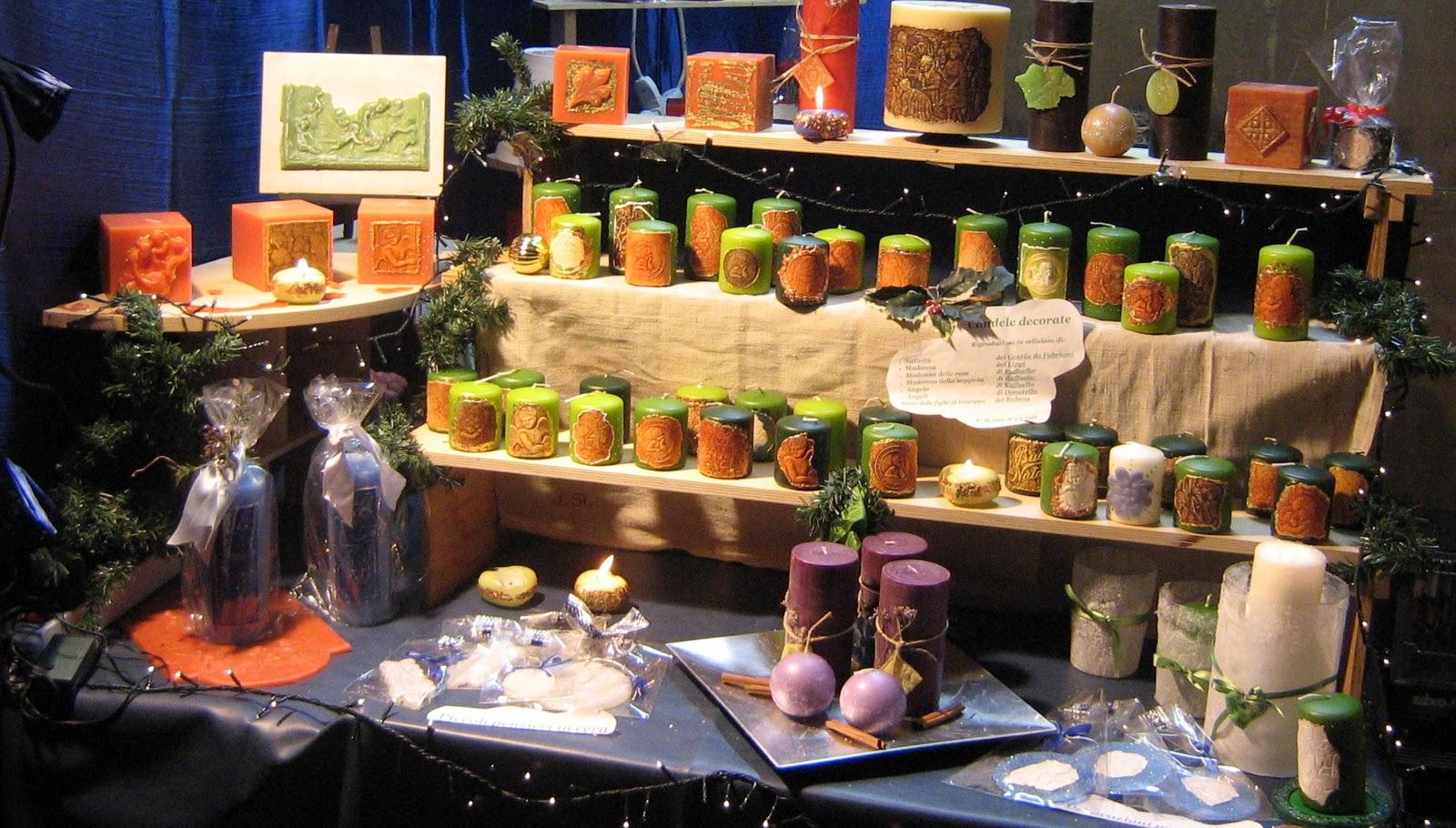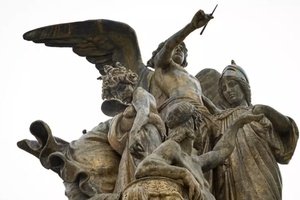Candles in Candelara - Pesaro, Marche
The medieval hamlet of Candelara, nestled in the hills surrounding the city of Pesaro, is the only place in Italy that dedicates a festival entirely to candles.
On offer is a rich assortment of shows, street performers and other entertainment, an array of local culinary delights and, of course, a
market devoted almost exclusively to candles.
The excitement in the air becomes palpable when two scheduled 15-minute street light outages give way to the soft glow of thousands of flickering flames.
Dozens of luminous balloons forming a comet are released and magically light up the skies above the quaint village.
The market spreads across the town centre and beyond its walls. Over 70 wooden market huts exhibit myriad handicrafts, the main articles being candles in every shape, size, colour and fragrance.
A range of handmade Christmas gifts and local food products are also available.
Every day during the event a procession of characters and animals featured in the Nativity Scene, meanders throughout the streets of
the walled town.
At Santa’s workshop, children can experiment with materials like clay, wax, paper and wood to make Christmas decorations and figurines.
They can also meet the jolly old man in the bright red suit and have their photo taken with him.
Thirty-five other Santas make up the marching band that fills the streets with musical mirth.
Apart from the food stalls, there are two main areas which are heated and where you can find traditional local dishes such as polenta, cannelloni, ravioli with mushrooms and sausage, cappelletti pasta in broth, baccalà with potatoes, grilled meats, flatbreads, fried olives, apple fritters, roasted chestnuts and wine a plenty.
And to stave off the cold nothing beats a glass of mulled wine or a luscious hot chocolate.
There’s also a workshop to learn how to make beeswax candles the way they did in the Middle Ages.
The magic light festival - Como, Lombardy
The Como Magic Light Festival is one of those events that brings a touch of magic to Christmas in the region of Lombardy.
During this period Como sheds her gloomy wintery guise to don a brighter gown.
For 44 days, the city abounds in markets, light projections, music and children’s entertainment.
About 50 stallholders offer a plethora of culinary delights, assorted articles and giftware.
Mandatory refreshments and tastings of the local fare are complemented by mulled wine and other beverages.
Piazza Cavour is home to the information centre and the House of Solidarity where 27 social organisations alternate to present their humanitarian projects and operations.
After rummaging through the market stalls and gorging on street food, then trying to work off a few pounds on the ice-skating rinks, comes the icing on the cake: the projection of the lights.
As the sun goes down it sets the stage for the riot of colour that awaits expectant onlookers.
Buildings, churches, facades and fountains are all transformed, creating a portal to an enchanted realm.
Como becomes a treasure trove of light effects that will leave anyone speechless.
The Magic Light Show is organised by the Alessandro Volta Foundation and supported by the Città della Luce, a cultural association which promotes scientific activities.
It celebrates the scientific legacy left by Volta, a native of Como.
Volta invented the electric battery, and not only did he pave the way for countless applications of electricity, but also for the world to explore other areas ranging from energy to information technology.
Jesolo’s chocolate village - Venice, Veneto
If you want to experience Christmas at the ultimate seaside resort, Jesolo is the place to be.
While Jesolo Lido - the beach area - is home to the Christmas Village, Piazza Primo Maggio, in the heart of the old town, becomes a haven for chocolate lovers.
The proverbial food of the gods adds an element of sweetness to the weekends during Advent.
Kingpin of the event is the Mercatino Goloso, the “mouthwatering market”.
About a dozen small white wooden cabins strategically positioned around the main Christmas tree create a picturesque scene in the square.
In each stall, the confectioners invite the public to sample and – why not? – purchase their tempting delicacies.
Also on show are sculptures fashioned by master chocolatiers from all over Italy, created from 100-kg blocks of chocolate.
Visitors can also enhance their knowledge of chocolate by listening to stories about the luscious product and taking part in patisserie workshops to learn to make delicious recipes.
For this occasion, the public library becomes a “chocoteque”, a venue for indoor activities like storytelling sessions about chocolate
and Christmas themes, or tasting sessions and demonstrations by cooking experts.
Beneath the 18-metre Christmas tree, brightly decorated and lit up for the occasion, there’s the ice-skating rink, the merry-go-round and Santa’s house, where the elves and the kind old man sort out the letters received from eager children.
The elves encourage the children to take part in different creative activities like face painting and balloon modelling.
Meanwhile, characters from fantasy worlds, who roam around the village together with roving performers, contribute to the beguiling
atmosphere.
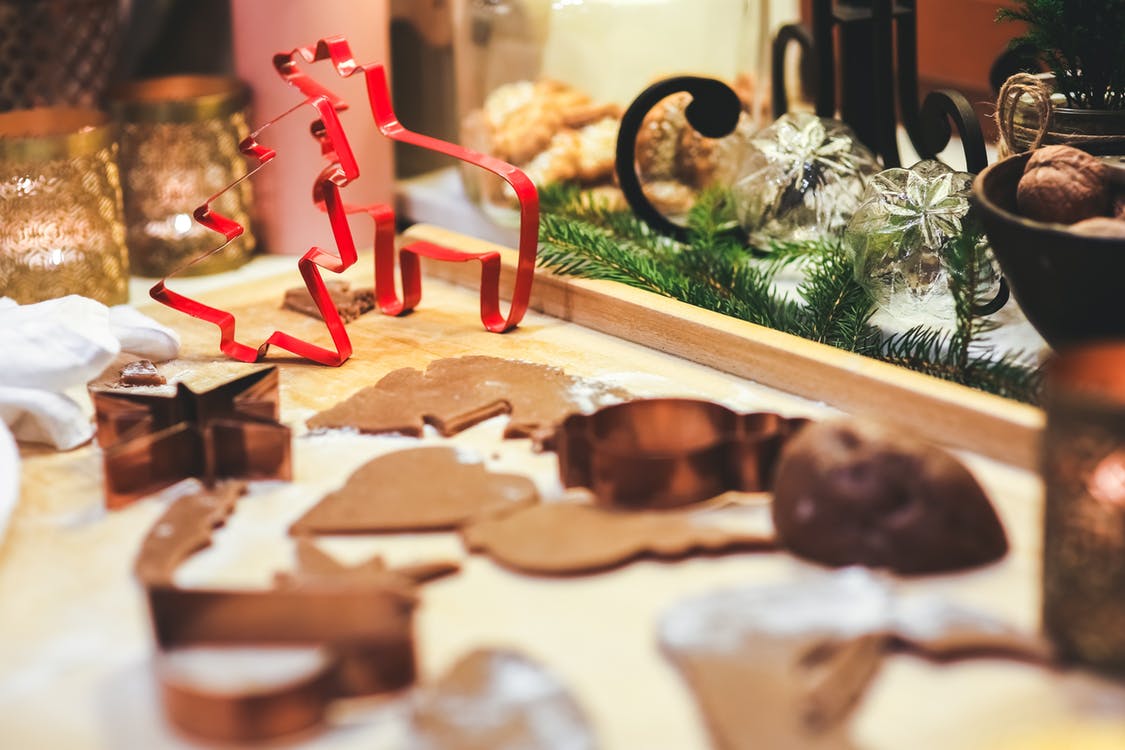
Christmas light show - Salerno, Campania
Luci d’Artista is a spectacular annual exhibition that combines art with culture.
It takes place from November to January in Salerno, a port city southeast of Naples.
The concept had its genesis in 1998 in the north-eastern city of Turin and in 2006 found its way to Salerno.
We’re not talking about simple Christmas lights here, but proper works of art which act as “furnishings” for the urban areas.
The whimsical component of these two events has led to a perfect town-twinning.
On these alluring, bright nights, Salerno - like Turin - provides a rich program of music, theatre and dance.
An especially popular feature in past editions has been the Enchanted Garden.
A mosaic of ever-changing lights pervades the city centre and transforms the municipal park into a fabled realm of wizards, sorcerers,
virtual tunnels and mythical creatures.
This festival attracts thousands of visitors.
It extends along 30 kilometres of city streets and the artistic light installations create a dreamlike environment.
For the last few years, along Salerno’s seaside promenade, the electric artworks have been successfully complemented by a giant ferris wheel, characteristic wooden market stalls and sand sculptures of the Nativity Scene.
The railway station is right in the centre of the city so it is convenient and easy to get around on foot to admire the installations.
It’s the perfect opportunity for tourists to discover a city which is often overshadowed by neighbouring Naples.
Salerno, however, is no less important either historically or culturally.
The Luci d’Artista extravaganza would naturally not be complete without Salerno’s traditional Christmas specialties.
Particularly hard to resist are the cuoppo di pesce fritto (a cone of fried fish), the pizza a portafoglio (pizza folded like a wallet) and the classic fry-up.
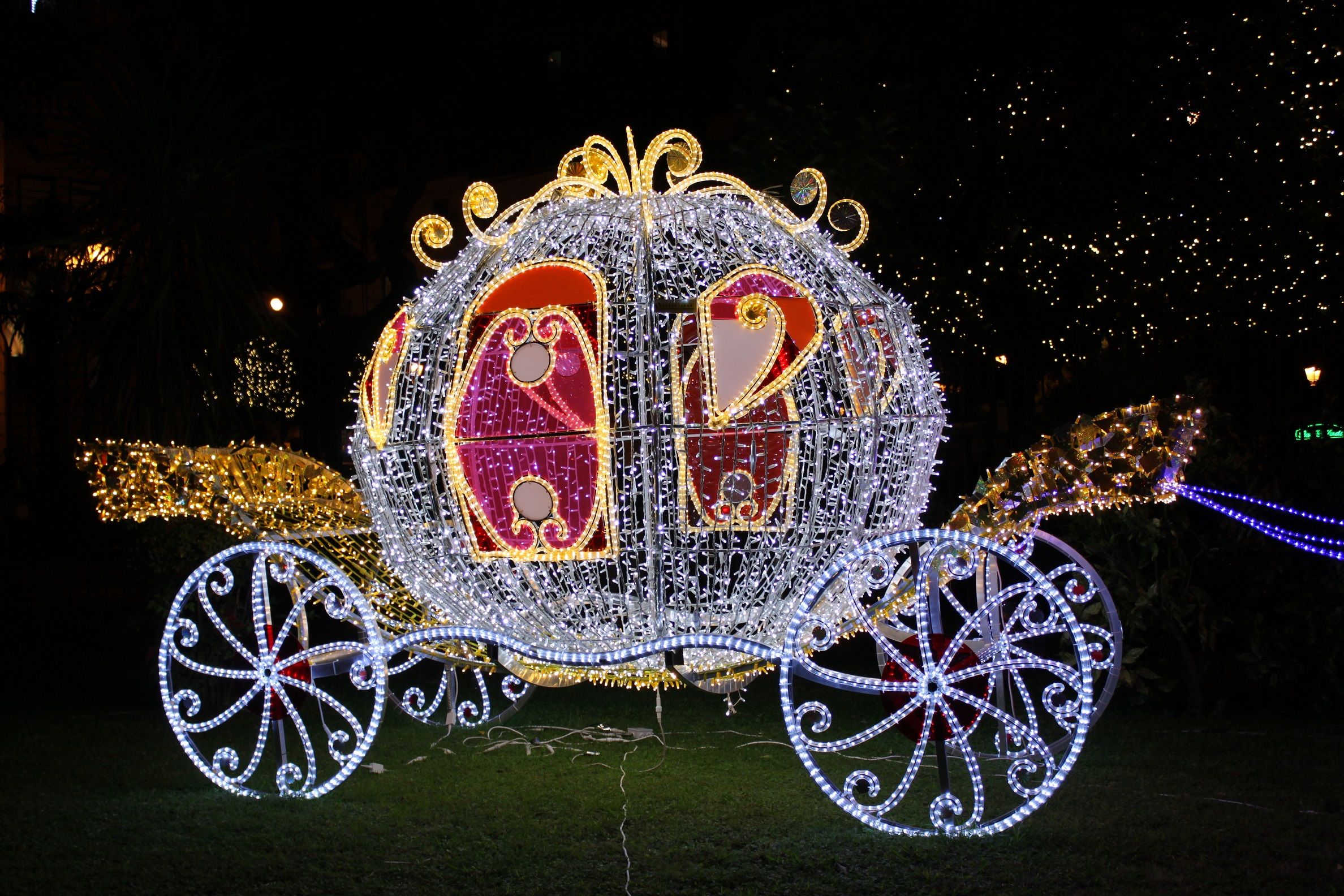
The night of the torchlights - Abbadia San Salvatore, Tuscany
This is a truly unique opportunity to visit one of Tuscany’s prettiest towns: a little gem nestled on the slopes of Mount Amiata.
Known as the city of torches, the delightful Abbadia San Salvatore is where the Christmas festivities begin on December 8.
These torches are actually enormous piles of wood fashioned in the shape of pyramids erected in front of the ancient abbey and other historical landmarks.
They sit there, awaiting the evening of the 24th, when they are set alight.
On the Eve, the town fills with the sound of Christmas carols and the warmth of the bonfires, a setting that takes locals and visitors on a fantastic journey back in time.
At 6:00 pm, an intimate yet spectacular moment brings hundreds of people together.
The lighting ceremony begins with a ritual called “the blessing of the fire”, which takes place under the porticoes of the Town
Hall.
This marks the official start of the celebrations.
The band intones Christmas music and a procession of torchbearers winds its way throughout the centre flaring up the pyres located around the town and throughout the inhabited areas of Mount Amiata.
The spectacle is spellbinding and harks back to bygone era.
This ritual is as old as time - well almost.
Before the year 1000, people from the villages surrounding the abbey and the boroughs along Via Francigena would congregate here for Midnight Mass.
The fires were ignited to light the pathways for the travellers and to create some warmth for them as well as serving as important
signposts for the pilgrims on their way to the abbey.
Now, on the Eve, the whole town spills out onto the streets to celebrate Christmas.
At about 9:00 pm, there’s the blessing of the choristers and musicians who enliven the event as they pause before every bonfire.
The celebrations wind down as the wine cellars start to open, after the holy mass, of course!

The bonfires of Nemoli and San Fele - Potenza, Basilicata
A centuries-old tradition, particularly in the towns of Nemoli and San Fele in the province of Potenza, is the Christmas bonfire.
This fire serves as the symbolic warming of the newborn Jesus, protecting him from the cold, a role Saint Francis of Assisi - credited with staging the first Nativity Scene - ascribed to the ox and donkey.
In San Fele, the fire is kept burning throughout Christmas Day and the extinction of the flames indicates that the festivities are over.
Instead, in Nemoli, the rite involves stacking piles of tree trunks and other wood in the main square to form a gigantic bonfire, which will burn until the Feast of the Epiphany on January 6.
The fire is kindled every day and it becomes a meeting point where revellers can enjoy local delicacies, traditional fare and some good wine, all of which is accompanied by the evocative sounds of pastoral pipes.
The Christmas bonfire is one of the most popular customs relating to the Eve, a ritual with pagan origins, subsequently acquired by the
Christian religion.
Fire and flames, in all religions and civilisations, represent purification and cleansing.
They symbolise the vanquishment of the forces of darkness, evil and negativity.
At the same time they are strongly equated with birth and resurrection.
Most of all, a fire blazing in the hearth created a gathering point for the local families, whether rich or poor, in the long cold winter days.
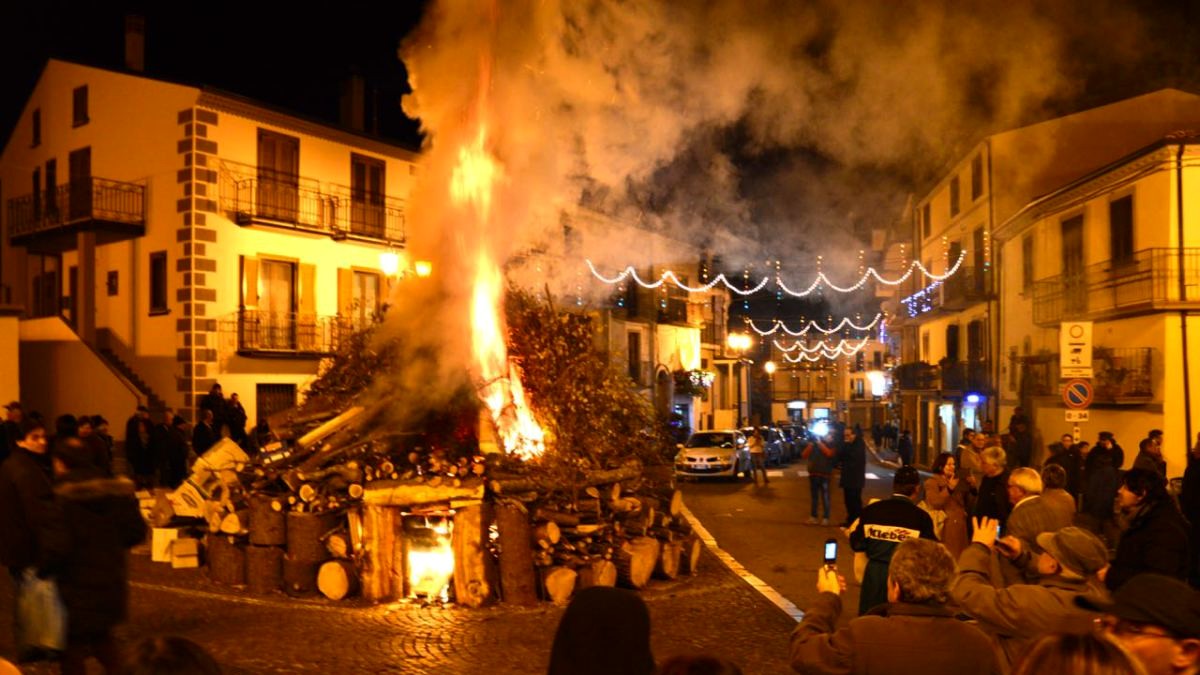
The Song of the Sybil - Alghero, Sardinia
In the Cathedral of St Mary the Immaculate in the city of Alghero, on the north-west coast of Sardinia, during the midnight mass of December 24, an ancient rite of Catalan origins has been uninterruptedly performed since the 14th century.
The Song of the Sybil, or Signum Judicii, is a liturgical drama and a Gregorian chant that was once widespread in the Mediterranean lands.
The mass at midnight is known as the “Messa del Gallo” (mass of the rooster) perhaps because the rooster was the first animal to herald the birth of Christ, by crowing at midnight.
The church lights are turned off and the chant begins. It is in the Catalan language and announces the coming of the Saviour.
It conjures up apocalyptic scenarios of the Last Judgement, when every human being will be on trial, which, according to Catholic tradition, will take place in the Valley of Josaphat.
At this point, the cathedral is brightly lit again while the meaningful and inspiring Gregorian melody permeates the mystical atmosphere.
The Song of the Sybil is one of those ancient rites that the Iberians brought with them when they reached the island of Sardinia and that lives on in towns like Alghero, Palma de Mallorca and very few other places in the world.
In the past, the ceremony included a couple of altar boys: one wielding a sword, a symbol of divine justice; the other, a sceptre, a sign of ecclesiastical authority.
Even today, a small child in a red cape holding a sword intones a hymn in colloquial Catalan which prophesies Judgement Day.
Centuries later on November 16, 2010, the Song of the Sybil was declared a masterpiece of the Oral and Intangible Heritage of Humanity by UNESCO.
